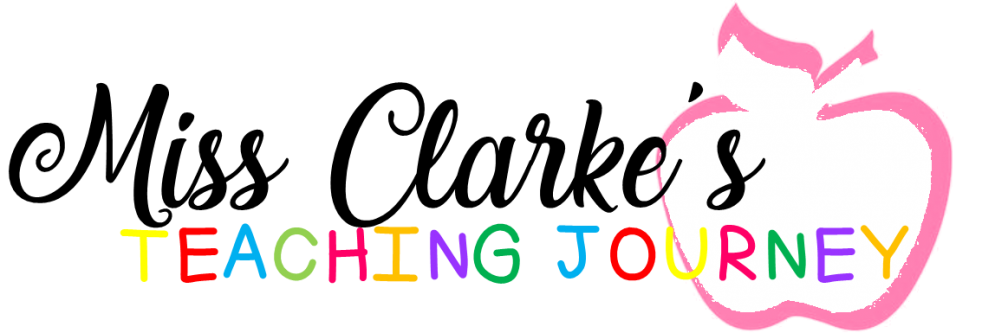
Demonstrate commitment to bicultural partnership in Aotearoa New Zealand
key indicators:
- demonstrate respect for the heritages, languages and cultures of both partners to the Treaty of Waitangi
Reflective Question: How do I reflect in my professional work respect for the cultural heritages of both Treaty partners in Aotearoa New Zealand?

What is the learning/teaching experience?
Video clips about supporting Maori and Pasifika students from inclusive.tki.org.nz
So What: What did I learn?
- As teachers we need to get to know their Pasifika and Maori students as people and learners and that we gain a greater understanding of the distinct Pasifika and Maori identities, values, culture and language.
- We need to take the time to find out about the families of Pasifika and Maori students.
- Create a positive and supportive school wide environment that has strong consistent behavioural expectations that are non-confrontational and use restorative practices.
- I need to actively encourage Pasifika and Te Reo language within classrooms across the school and promote the use of first language by parents when helping children.
- Building a partnership based on understanding and respect between teachers, parents, whānau, hapū, and iwi will support all Māori students to achieve success as Māori.
- The most profound way to create a culturally responsive context is through introducing co-construction, where the student is free to bring their own experiences in the classroom context.
Now What? Next Steps
- Take what I have learned from watching these clips and put it into my practise e.g. encouraging students to bring their own experiences into the classroom context.
For what: What Criterion does this fulfill? Criteria 3, Criteria 10.

What is the learning/teaching experience?
Teaching Māori in my classroom has always been a challenge for me. Ive never been a confident Te Reo speaker but I try to incorportate simple phrases into my daily programme e.g e tu (Stand up) E noho (Sit down), Kia ora, Morena, and small one word phrases like that. Ive been doing some research recently on why it is important for my students to learn Te Reo Māori in the classroom and help motivate me to learn more if the language. I found some great points about learning Māori and why it is important for my students to learn the language.
- Te Reo Maori is an official language of New Zealand.
- We have an obligation to the Treaty
- Helping students to appreciate this own language.
- Celebrating difference and culture
- Students make rapid progress in te reo Maori when immersed in a language-rich environment.
So What: What did I learn?
- Te reo Māori and tikanga Māori are intertwined, and so learning te reo Māori gives students access to te ao Māori (the Māori world) and to Māori world views.
- Māori students do much better when education reflects and values their identity, language and culture.
- Using Te reo in the classroom reinforces the communicative pu
 rpose of language and provides multiple opportunities for students to learn pronunciation and basic sentences.
rpose of language and provides multiple opportunities for students to learn pronunciation and basic sentences.
Now What? Next Steps
- Continue developing my own knowledge in using the language and use it more often.
- Rather than one word phrases try to use sentences.
For what: What Criterion does this fulfill? Criteria 3, Criteria 10
